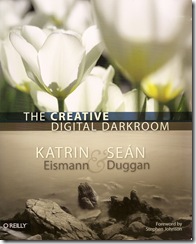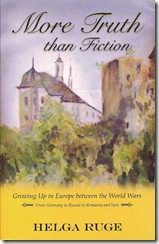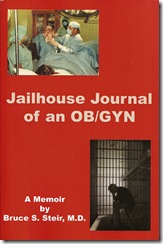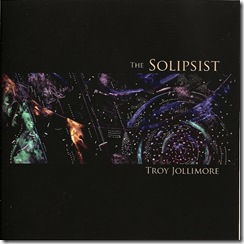Grass Valley fine-art photographer Seán Duggan, along with co-author Katrin Eismann, are both Photoshop experts. The image manipulation software, made by Adobe, is the key, they write, to making good pictures great. Their expertise is shared in "The Creative Digital Darkroom" ($49.99 in paperback from O'Reilly Media). Lavishly illustrated with "before" and "after" examples, the book contains detailed guidance and there are dozens of sample files that can be downloaded from www.creativedigitaldarkroom.com. Readers can work along with the authors in using Photoshop and other tools to produce the best images possible.
This is a book for serious photographers. Its focus is not on cropping techniques and the repair of damaged images, important as those may be, but rather on tone and contrast, exposure control, color correction, sharpening and focusing, and special effects. The first part of the book covers what's required for the digital darkroom and how to get images into the computer by using digital cameras or scanning. Once a good image has been selected, subsequent chapters deal with how it might be enhanced, so the "good" becomes "great." The many tutorials along the way are geared for Photoshop CS3, though the techniques will work with other versions and even other image editing software.
But the book is more than a step-by-step guide. Imagine sitting down in the company of two master photographers who care most of all about what a picture wants to be. "Listen to the image," they write. "As you look at the image and consider what you can do to improve it, try to think in broad concepts rather than in Photoshop technical terms. . . . Try to imagine how making certain areas lighter or darker or adjusting contrast might change the image. The human eye is attracted to lighter areas and to contrast. How can such adjustments help to guide the viewer's eye through the image?"
In another part of the book they caution against "the call of the Photoshop siren that tries to convince us that with enough time, effort, and layers, we can fix the flaws in any image and rework the barely adequate into a stunning photograph."
Pick the best, and make them better, and along the way be thankful for such wise words.



